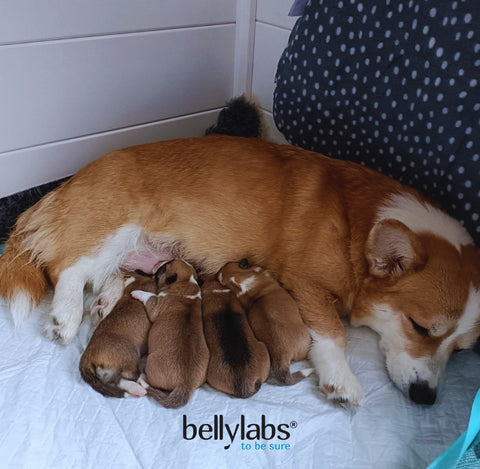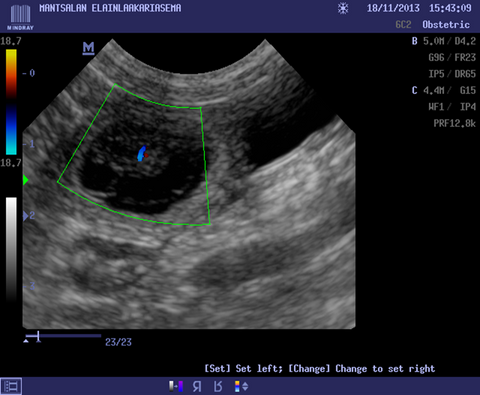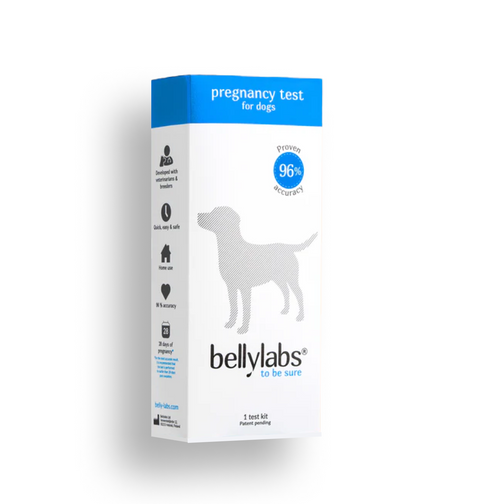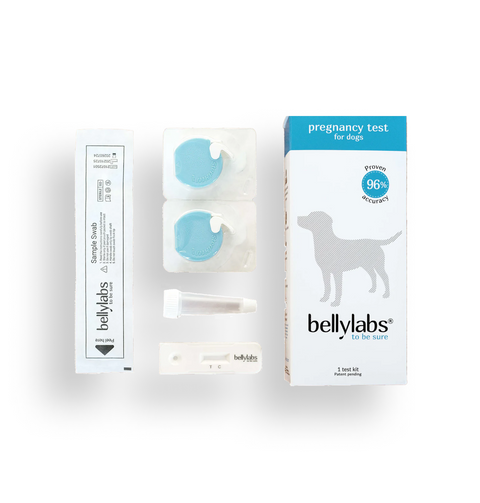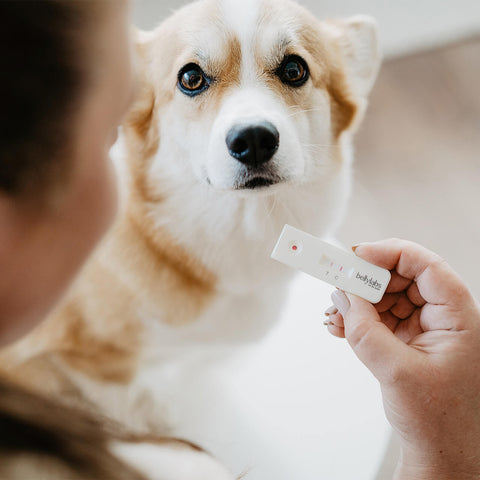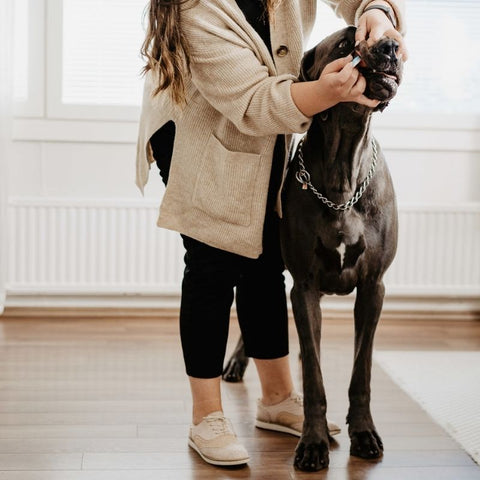As dog breeders, we understand that recognizing the signs of pregnancy in dogs is essential for ensuring the well-being of both the expecting mother and her developing puppies. While the onset and severity of symptoms may vary among individual dogs, there are several common indicators that can help you identify dogs pregnancy symptoms. Here, we provide an in-depth look at these symptoms to help you better understand and manage female dog pregnancy.
Female Dog Pregnancy Signs and Symptoms – How to See If Your Dog Is Pregnant?
Early in pregnancy, some dogs may experience a slight decrease in appetite, often accompanied by mild nausea or vomiting. This is usually a temporary phase and can be managed by offering smaller, more frequent meals. As pregnancy progresses, many dogs exhibit an increased appetite to support the growing fetuses.
Weight gain is a hallmark sign of pregnancy. Over the course of pregnancy, a dog's weight should steadily increase. Monitoring the dog's weight and comparing it to pre-pregnancy levels can help track the progress of pregnancy. It's essential to ensure the weight gain is gradual and within healthy limits.
As the puppies develop within the uterus, the dog's abdomen gradually enlarges. This is a visible and palpable sign of pregnancy. An experienced veterinarian can assess the size and condition of the abdomen during routine check-ups.
- Changes in Nipple Color and Size:
Pregnancy often leads to changes in the nipples. They may become larger, darker in color, and more prominent. These changes are due to hormonal shifts and increased blood flow to the mammary glands in preparation for lactation.
Some pregnant dogs exhibit subtle behavioral changes. They may become more affectionate toward their owners or show increased restlessness, nesting behavior, or a desire for solitude. These changes can vary widely among individuals.
- Increased Resting and Sleeping:
The energy demands of pregnancy may lead to increased resting and sleeping. Pregnant dogs may require more sleep to support the physiological changes occurring within their bodies.
A clear, mucoid vaginal discharge is a common finding in pregnant dogs, especially during the early stages of pregnancy. This discharge is a result of hormonal fluctuations and is typically not a cause for concern unless it becomes discolored or foul-smelling, which may indicate an infection.
In the later stages of pregnancy, many dogs exhibit nesting behavior. They may seek out a quiet, comfortable space to prepare for whelping (giving birth). Providing a suitable whelping box can help meet this natural instinct.
In the latter stages of pregnancy, you may be able to feel or palpate the puppies moving within the uterus. This gentle movement, often described as "fluttering" or "rolling," can provide further confirmation of pregnancy when combined with other symptoms.
In conclusion, being vigilant about these signs and symptoms is crucial when caring for a pregnant dog. Regular veterinary or at-home check-ups are essential to monitor the progress of pregnancy, address any potential complications, and prepare for a healthy delivery. Remember that each dog's pregnancy experience can be unique, so consult with a veterinarian for personalized guidance and care throughout the gestation period.


